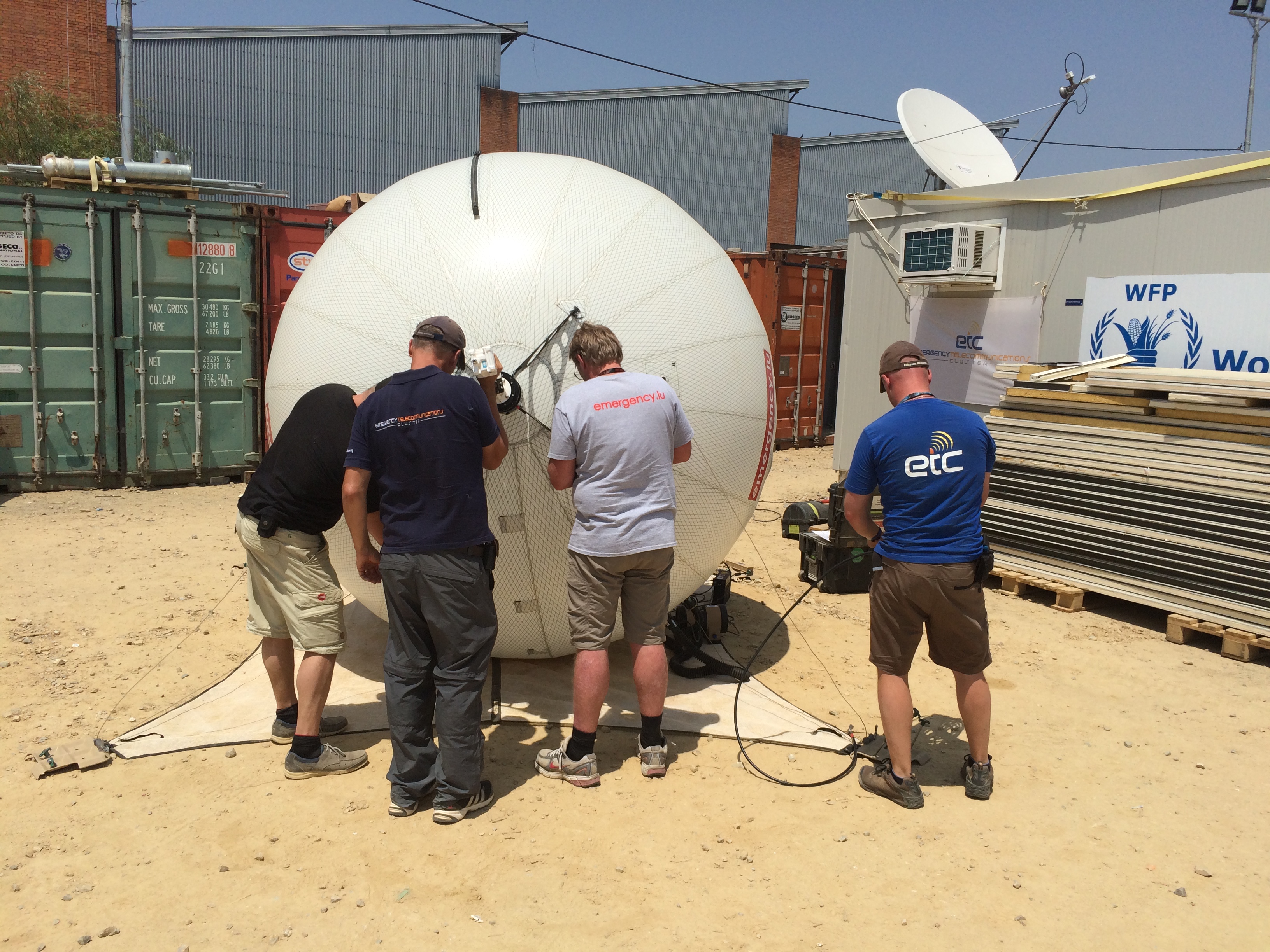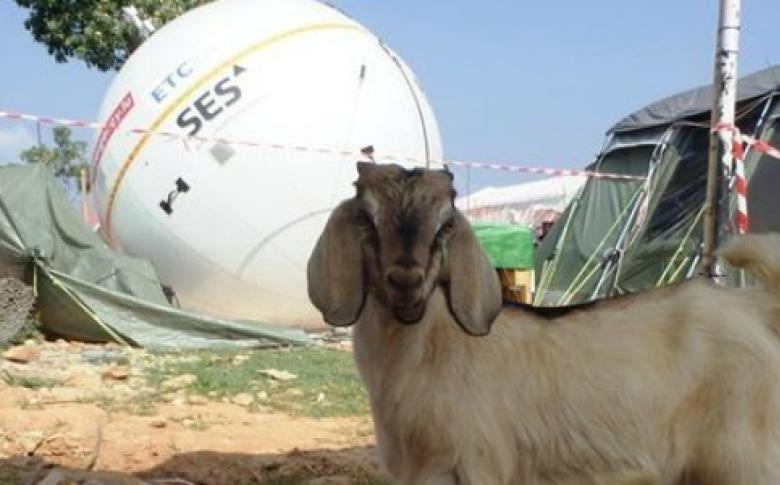
The Road to Recovery

For the tiny Himalayan nation of Nepal, the last two months have been punctuated by earthquakes and aftershocks resulting in large-scale humanitarian response efforts. From the perpetually snowcapped peaks of the Himalayas to the Terai plains in the south where Bengal tigers roam, the country has witnessed the devastation unleased by Mother Nature and is now slowly starting to pick up the pieces.
When the first earthquake rocked Nepal on 25 April, many of the ETC partners – somewhat serendipitously – were gathered in Dubai for a week of discussions. Once the news broke, things moved fast: the cluster was activated and the first wave responders, abandoning their corporate clothes and quickly repacking with kit for the field, were on a plane to Kathmandu within 48 hours.
Almost two months on and operating out of a pre-fab adjacent to the Cargo Hall in Tribhuvan International Airport in Kathmandu, the ETC is today providing internet connectivity and security telecommunications to humanitarians operating in the field in 13 locations. In one particular place, Chautara Humanitarian Hub, a number of organisations, including teams working in the field hospital, have spoken of the positive impact ETC services have on operations – they can now send vital medical information immediately and track both staff, patients and incoming medicines.

Although Nepali people are resilient and their country is starting to gradually recover, the situation is likely to worsen before it gets better. The monsoon is on its way – the skies are greying and threatening rain – and this brings with it landslides, mudslides and floods which can hinder access to some, particularly remote, locations.
But this is where the ETC shines. There are contingency plans in place and a second round of assessments is underway to ensure that services and equipment are adequately protected from the worsening weather. A preparedness workshop will be held in mid-June in Kathmandu together with the government and key stakeholders to devise an operational plan for the next time disaster strikes. In terms of its communications system, this time Nepal was lucky; next time might be drastically different.
Of course, there is no 100% foolproof plan to block the power of nature but being prepared is half the battle. As moisture-laden winds sweep in and head towards the Himalayas, the ETC is battening down its hatches in time for the lashing rain of the Nepali monsoon. But the whole country and all the humanitarians that have rushed in to respond, ETC included, look ahead to when the rain stops and stabilization returns.
By Suzanne Fenton, IT Emergency Preparedness & Response branch, World Food Programme